|
#1
| |||
| |||
|
Will you please give me question paper for commerce subject in NET exam organized by University Grants Commission ??
|
|
#2
| ||||
| ||||
|
Here I am giving you question paper for commerce subject in NET exam organized by University Grants Commission in PDF file attached with it so you can get it easily. COMMERCE Paper – II Note : This paper contains fifty (50) objective type questions of two (2) marks each. All questions are compulsory. 1. Who is the fiscal agent and advisor to Government in monetary and financial matters ? (A) NABARD (B) SBI (C) RBI (D) None of the above 2. Match the items of List – I with the items of List – II : List – I List – II (a) National Manufacturing Competitiveness Council (NMCC) (i) Industrial Licensing Policy (b) National Investment Fund (NIP) (ii) Eleventh Five Year Plan (c) The Industries (Development and Regulation) Act (IDRA), 1951 (iii) The Competition Act, 2002 (d) Increase in Employment (iv) Public Sector Undertakings Codes : (a) (b) (c) (d) (A) (iv) (i) (ii) (iii) (B) (iii) (iv) (i) (ii) (C) (i) (ii) (iii) (iv) (D) (iv) (iii) (ii) (i) 3. Kyoto Protocol pertains to (A) Capital formulation (B) Globalisation (C) Environmental protection (D) Unemployment reduction 4. Uruguay Round pertains to (A) WTO (B) IMF (C) GATT (D) World Bank 5. Which of the following are outside the scope of the Consumer Protection Act, 1986 ? (A) Newspaper industry (B) Services provided under contract of personal service (C) Banking industry (D) Both (A) and (B) 6. Which of the following is ‘true’ regarding the Prudence Principle of Accounting ? (A) Taking care of the future losses (B) Taking care of the future profits (C) Taking care of bad debts (D) Taking care of inventory and depreciation 7. Which of the following is a nonoperating expense ? (A) Salary of Managing Director (B) Depreciation (C) Advertisement expenditure (D) Interest on loan 8. A and B are partners sharing profits in the ratio of 3 : 2. Their books showed goodwill at ` 3,000. C is admitted with 14 th share of profits and brings ` 10,000 as his capital. But he is not able to bring in cash for his share of goodwill ` 3,000. How will you treat this ? (A) Goodwill is raised by ` 12,000 (B) C will remain as debtor for ` 3,000 (C) C’s A/c. is debited for ` 3,000 (D) Goodwill is raised by ` 9,000 9. If there is mutual indebtedness between the transferor company and the transferee company in business combination, which of the following is correct ? (A) No adjustment is required in the books of the transferor company. (B) Adjustment is required in the books of the transferor company. (C) No adjustment is required in the books of the transferee company. (D) None of the above 10. Improvement of profit-volume ratio can be done by (A) Increasing selling price (B) Altering sales mixture (C) Reducing variable cost (D) All of the above 11. Business Economics is a subject which (A) studies economic relationships (B) studies economic activities at the aggregate level (C) deals with the tools of economics used for decision making in business (D) studies optimum allocation of limited resources 12. Match List – I with List – II and select the correct code for the answer : List – I List – II (a) Cross elasticity is zero (i) Price = AVC (b) Shut-down point (ii) Two commodities are independent (c) Slutsky theorem (iii) Transformation line (d) Production Possibility Curve (iv) Substitution effect Codes : (a) (b) (c) (d) (A) (ii) (iv) (i) (iii) (B) (iii) (ii) (iv) (i) (C) (i) (iii) (ii) (iv) (D) (ii) (i) (iv) (iii) 13. Assertion (A) : The demand curve has negative slope showing inverse relationship between price and the quantity demanded. Reason (R) : This applies only to Giffen goods. Codes : (A) Both (A) and (R) are true. (B) (A) is true, but (R) is false. (C) (A) is false, but (R) is true. (D) Both (A) and (R) are false. 14. The consumer is said to be in equilibrium when he plans his expenditure on x, y and z commodities in such a way that he ultimately attains : 15. Match the items in List – I with those in List – II and select the correct code for the answer : List – I List – II (a) Monopoly (i) Price Taker (b) Monopolistic competition (ii) Homo- geneous product’s price maker (c) Perfect competition (iii) Hetero- geneous product (d) Oligopoly (iv) Price Rigidity Codes : (a) (b) (c) (d) (A) (ii) (iii) (i) (iv) (B) (i) (ii) (iv) (iii) (C) (iii) (iv) (ii) (i) (D) (iv) (i) (iii) (ii) 16. Match the following items in List – I with most suitable options in List – II : List – I List – II (a) Fisher (i) Inverse probability (b) Karl Pearson (ii) Normal Distribution (c) Thomas Baye’s (iii) Correlation Coefficient (d) Karl Gauss (iv) Index Numbers Codes : (a) (b) (c) (d) (A) (iv) (iii) (ii) (i) (B) (iv) (iii) (i) (ii) (C) (iv) (ii) (iii) (i) (D) (iv) (ii) (i) (iii) 17. The law of statistics, which says ‘Moderately large number of items chosen at random from a large group possess the characteristics of the large group’, is referred to as : (A) The Central Limit Theorem (B) The Law of Statistical Regularity (C) The Law of Inertia of Large Numbers (D) None of the above 18. A distribution, where the value of arithmetic mean is maximum as compared to median and mode, is (A) Normal distribution (B) Positively-skewed distribution (C) Negatively-skewed distribution (D) None of these 19. The most appropriate average to be used to compute the average rate of growth in population is (A) Arithmetic mean (B) Median (C) Geometric mean (D) Harmonic mean 20. “The life expectancy of people in Kerala is more than that of Tamil Nadu.” This statement is an example of (A) Descriptive Hypothesis (B) Causal Hypothesis (C) Correlational Hypothesis (D) None of the above 21. Match the items of List – I with the items of List – II and choose the correct answer : List – I List – II (a) Intrapersonal communication (i) Information sharing (b) Element of a communication event (ii) Development of ‘will’ to work (c) Objective of organisational communication (iii) Thinking (d) Goals of organisational communication (iv) Purpose Codes : (a) (b) (c) (d) (A) (i) (ii) (iii) (iv) (B) (iii) (iv) (ii) (i) (C) (ii) (iii) (i) (iv) (D) (iv) (iii) (ii) (i) 22. According to the Boston Consulting Group, a business which has a high growth rate but a weak market share is referred to as a (A) Cash Cow (B) Dog (C) Question Mark (D) Star 23. ‘No ideas are ever criticized’ and ‘the more radical the ideas are the better’ – are the rules of which decision making process ? (A) Programmed decision-making (B) Non-programmed decision making (C) Brainstorming (D) Group discussion 24. According to McClelland’s Needs Theory, which of the following is not a motivating need ? (A) Need for Power (B) Need for Security (C) Need for Achievement (D) Need for Affiliation 25. In the managerial grid, developed by Blake and Mouton, a manager who has high consideration for production but little concern for people is known as (A) 1.1 Management (B) 1.9 Management (C) 9.1 Management (D) 5.5 Management 26. Which of the following is not the major component of holistic marketing ? (A) Relationship marketing (B) Integrated marketing (C) Customer satisfaction (D) Socially-responsible marketing 27. Which of the legislations listed below do not form part of the marketing environment of India ? (A) The Drugs and Cosmetics Act, 1940 (B) The Prevention of Food and Adulteration Act, 1954 (C) The Monopolies and Restrictive Trade Practices Act, 1969 (D) Both (B) and (C) 28. The set of all actual and potential buyers of a product is known as (A) Customer group (B) Industry (C) Market (D) None of the above 29. In the model of consumer behaviour given by Philip Kotler, what constitutes the marketing stimuli ? (A) Marketing environment (B) Four P’s of marketing (C) Consumer needs and wants (D) None of the above 30. The factor that exerts the broadest and deepest influence on consumer behaviour is (A) Culture (B) Sub-culture (C) Social class (D) Income 31. Which one of the following is not among the assumptions of the Modigliani-Miller model ? (A) Perfect capital market (B) Equivalent risk classes (C) Unity for dividend payout ratio (D) Absence of taxes 32. The most suitable coverage ratio for deciding the debt capacity of a firm is (A) Interest Coverage Ratio (B) Cash Flow Coverage Ratio (C) Debt Service Coverage Ratio (D) Fixed Assets Coverage Ratio 33. Which one of the following is the most popular method for estimating the cost of equity ? (A) Capital asset pricing model (B) Dividend yield method (C) Gordon’s dividend discount model (D) Earnings yield method 34. Which one of the following is not the internal factor affecting the weighted average cost of capital of a firm ? (A) Investment policy of the firm (B) Capital structure of the firm (C) Dividend policy followed (D) Market risk premium for the firm 35. Most common approach for analysing the capital structure of a firm is (A) Ratio Analysis (B) Cash Flow Analysis (C) Comparative Analysis (D) Leverage Analysis 36. Who propounded “Theory Z” ? (A) William Ouchi (B) Peter F. Drucker (C) Joseph H. Jurau (D) Douglas McGregor 37. Another name for MATRIX organisation is (A) Flexible organisation (B) Geographic organisation (C) Project organisation (D) None of the above 38. Which of the following are methods of on-the-job training ? (i) Coaching (ii) Vestibule training (iii) Demonstration (iv) Role-playing (v) Apprenticeship training Select the right answer from the following codes : (A) (i), (ii), (iii), (iv) (B) (i), (iii), (v) (C) (ii), (iii), (iv) (D) (i), (ii), (iii), (iv), (v) 39. The idea that a manager tends to be promoted to the level of his incompetence is referred to as (A) The advancement principle (B) The Parkinson’s law (C) The Peter principle (D) The job design principle 40. Assertion (A) : The emphasis in industrial psychology has shifted from the studies of the isolated individual and the physical environment to the consideration of motivation and morale. Reason (R) : A motivated employee with a high morale will always give high productivity. Codes : (A) Both (A) and (R) are correct, and (R) is the right explanation of (A). (B) (A) is correct, but (R) is not correct. (C) Both (A) and (R) are incorrect. (D) Both (A) and (R) are correct, but (R) is not the right explanation of (A). 41. Match the following items of List – I and List – II in terms of functions of commercial banks : List – I List – II (a) Letter of reference (i) Advancing loans (b) Sale of gold coins (ii) Receiving deposits (c) Recurring Account (iii) Non-banking function (d) Overdrafts (iv) Agency function Codes : (a) (b) (c) (d) (A) (i) (ii) (iii) (iv) (B) (iv) (iii) (ii) (i) (C) (iv) (ii) (iii) (i) (D) (i) (iii) (ii) (iv) 42. Which of the following are included under representation functions of a bank ? (i) Payment of cheques and bills (ii) Providing remittance facilities (iii) Underwriting of securities (iv) Advancing clean credit (v) Allowing overdrafts on current account (vi) Purchase and sale of securities Codes : (A) (i), (ii), (iii) and (iv) (B) (iii), (iv), (v) and (vi) (C) (i), (ii), (iii) and (vi) (D) (ii), (iii), (v) and (vi) 43. Call money rate is applicable for a very short period to (A) Inter bank advances (B) Bank to Reserve Bank advances (C) Reserve Bank to Bank advances (D) Commercial Banks to Industrial Banks advances 44. Match the following List – I with List – II : List – I (Name of Securities) List – II (Type of Securities) (a) Bonds of Land Development Banks (i) Semi- Government Securities (b) Treasury Bills (ii) First Order Securities (c) Shares of a Public Ltd. Co. (iii) Personal Securities Codes : (a) (b) (c) (A) (i) (ii) (iii) (B) (ii) (i) (iii) (C) (iii) (ii) (i) (D) (i) (iii) (ii) 45. Reserve Bank of India controls the activities of some of the following banks in India : (i) Commercial Banks (ii) Cooperative Banks (iii) Foreign Banks (iv) Rural Banks Codes : (A) (i), (ii) and (iii) (B) (i), (iii) and (iv) (C) (ii), (iii) and (iv) (D) (i), (ii), (iii) and (iv) 46. Match the following List – I with List – II and select the correct answer : List – I List – II (a) Comparative Cost Theory of International Trade (i) Gottfried Haberler (b) International Trade Theory of Opportunity Cost (ii) J.S. Mill (c) Factor Endowment Theory of International Trade (iii) David Ricardo (d) Doctrine of Reciprocal Demand (iv) Hecksher- Ohlin Codes : (a) (b) (c) (d) (A) (iii) (ii) (iv) (i) (B) (i) (iii) (ii) (iv) (C) (iii) (i) (iv) (ii) (D) (ii) (i) (iv) (iii) 47. Identify the one, from the following, which is not a type of disequilibrium in the balance of payments of a country : (A) Cyclical disequilibrium (B) Secular disequilibrium (C) Structural disequilibrium (D) Sectoral disequilibrium 48. The participants who take advantage of different exchange rates in different markets are (A) Speculators (B) Arbitrageurs (C) Hedgers (D) Investors 49. Assertion (A) : The liability of the option buyer is limited in the currency options market. Reason (R) : Option buyer need not exercise the option if the exchange rate is not favourable for him. Codes : (A) (R) is correct and (A) is wrong. (B) (A) is correct and (R) is wrong. (C) Both (A) and (R) are correct. (D) Both (A) and (R) are wrong. 50. An MNC that maintains a balance between the home market and host market oriented policies is (A) Ethnocentric firm (B) Polycentric firm (C) Geocentric firm (D) None of the above
__________________ Answered By StudyChaCha Member |
|
#4
| |||
| |||
|
Here I am giving you syllabus and previous year’s papers of NET Commerce for your preparation. NET Commerce Syllabus: UGC NET Commerce Paper II and Paper III ( A ) ( Core Group ) : Unit – I : Business Environment : Meaning and Elements of Business Environment. Economic environment, Economic Policies, Economic Planning. Legal environment of Business in India, Competition policy, Consumer protection, Environment protection. Policy Environment : Liberalization Privatisation and globalisation, Second generation reforms, Industrial policy and implementation. Industrial growth and structural changes. Unit – II : Financial & Management Accounting : Basic Accounting concepts, Capital and Revenue, Financial statements. Partnership Accounts : Admission, Retirement, Death, Dissolution and Cash Distribution. Advanced Company Accounts : Issue, forfeiture, Purchase of Business, Liquidation, Valuation of shares, Amalgamation, Absorption and Reconstruction, Holding Company Accounts. Cost and Management Accounting : Ratio Analysis, Funds Flow Analysis, Cash Flow Analysis, Marginal costing and Break-even analysis, Standard costing, -Budgetary control, Costing for decision-making Responsibility accounting. Unit – III : Business Economics : Nature and uses of Business Economics, Concept of Profit and Wealth maximization. Demand Analysis and Elasticity of Demand, Indifference Curve Analysis, Law. Utility Analysis and Laws of Returns and Law of variable proportions. Cost, Revenue, Price determination in different market situations : Perfect competition, Monopolistic competition, Monopoly, Price discrimination and Oligopoly, Pricing strategies. Unit-IV : Business Statistics & Data Processing : Data types, Data collection and analysis, sampling, need, errors and methods of sampling, Normal distribution, Hypothesis testing, Analysis and Interpretation of Data. Correlation and Regression, small sample tests : t-test, F-test and chi-square test. Data processing : Elements, Data entry, Data processing and Computer applications. Computer Application to Functional Areas : Accounting, Inventory control, Marketing. Unit – V : Business Management : Principles of Management. Planning : Objectives, Strategies, Planning process, Decision-making. Organising, Organisational structure, Formal and Informal organisations, Organisational culture. Staffing Leading : Motivation, Leadership, Committees, Communication. Controlling Corporate Governance and Business Ethics. Unit – VI : Marketing Management : The evolution of marketing, Concepts of marketing, Marketing mix, Marketing environment. Consumer behaviour, Market segmentation. Product decisions Pricing decisions Distribution decisions Promotion decisions Marketing planning, Organising and Control. Unit – VII : Financial Management : Capital Structure, Financial and Operating leverage. Cost of capital, Capital budgeting. Working capital management Dividend Policy Unit – VIII : Human Resources Management : Concepts, Role and Functions of Human Resource management. Human Resource Planning, Recruitment and Selection. Training and Development, Succession Planning. Compensation : Wage and Salary Administration, Incentive and Fringe benefits, Morale and Productivity. Performance Appraisal Industrial Relations in India, Health, Safety, Welfare and Social security, Workers’ Participation in Management. Unit – IX : Banking and Financial Institution : Importance of Banking to Business, Types of Banks and Their Functions, Reserve Bank of India, NABARD and Rural Banking. Banking Sector Reform in India, NPA, Capital adequacy norms. E-banking Development Banking : IDBI, IFCI, SFCs, UTI, SIDBI. Unit – X : International Business : Theoretical foundations of international business, Balance of Payments. International liquidity, International Economic Institutions : IMF, World Bank IFC, IDA, ADB. World Trade Organisation-its functions and policies. Structure of India’s foreign trade : Composition and direction, EXIM Bank, EXIM Policy of India, Regulation and promotion of Foreign Trade. Paper – III (B) ( Elective / Optional ) : Elective – I : Accounting and Finance Accounting standards in India, Inflation Accounting, Human Resource Accounting, Responsibility Accounting, Social Accounting. Money and Capital market, Working of stock exchanges in India, NSE, OTCEI, NASDAQ, Derivatives and Options. Regulatory Authorities : SEBI, Rating Agencies; New Instruments; GDRs, ADRs. Venture Capital Funds, Mergers and Acquisitions, Mutual Funds, Lease Financing, Factoring, Measurement of risk and returns securities and portfolios. Computer Application in Accounting and Finance. Elective – II : Marketing Marketing Tasks, Concepts and Tools, Marketing Environment. Consumer Behaviour and Market Segmentation. Product decisions Pricing decisions Distribution decisions Promotion decisions Marketing Researchs On-line marketing Direct Marketing; Social, ethical and legal aspects of marketing in India. Elective – III : Human Resource Management Concept; Role and Functions of Human Resource Management. Human Resource Planning, Job analysis, Job description and specifications, Use of Job analysis information, Recruitment and Selection. Training and Development, Succession Planning. Compensation : Wage and Salary administration, Incentives and Fringe benefits, Morale and Productivity. Appraisal Performance Industrial Relations in India, Health, Safety, Welfare and Social Security, Workers participation in Management. Elective – IV : International Business Foreign Direct Investment and Multinational Corporations-MNCs Culture, MNCs and LDCs, Joint Ventures. Regional Economic Integration : SAARC, ASEAN, EC, NAFTA. India and WTO, Intellectual Property Rights. Foreign Exchange : Exchange rate, Mechanism, Risk management, Transfer of international payments, Convertibility of Rupee, Current and Capital Accounts; Issues and Perceptions, Derivatives and Futures. Foreign investment Institutions; Instruments : GDRs, ADRs, FIIs-their role in Indian Capital Market. Elective – V : Income – tax Law and Tax Planning Basic concepts, Residential status and tax incidence, exempted incomes, computation of taxable income under various heads. Computation of taxable income of individuals and firms. Deduction of tax, filing of returns, different types of assessment; Defaults and penalties. Tax Planning : Concept, significance and problems of tax planning, Tax evasion and tax avoidance, methods of tax planning. Tax considerations in specific business decisions, viz., make or buy; own or lease, retain or replace; export or domestic sales; shut-down or closure; expand or contract; invest or disinvest. Computer Application in Income tax and Tax planning. Previous Year’s Papers of NET Commerce: 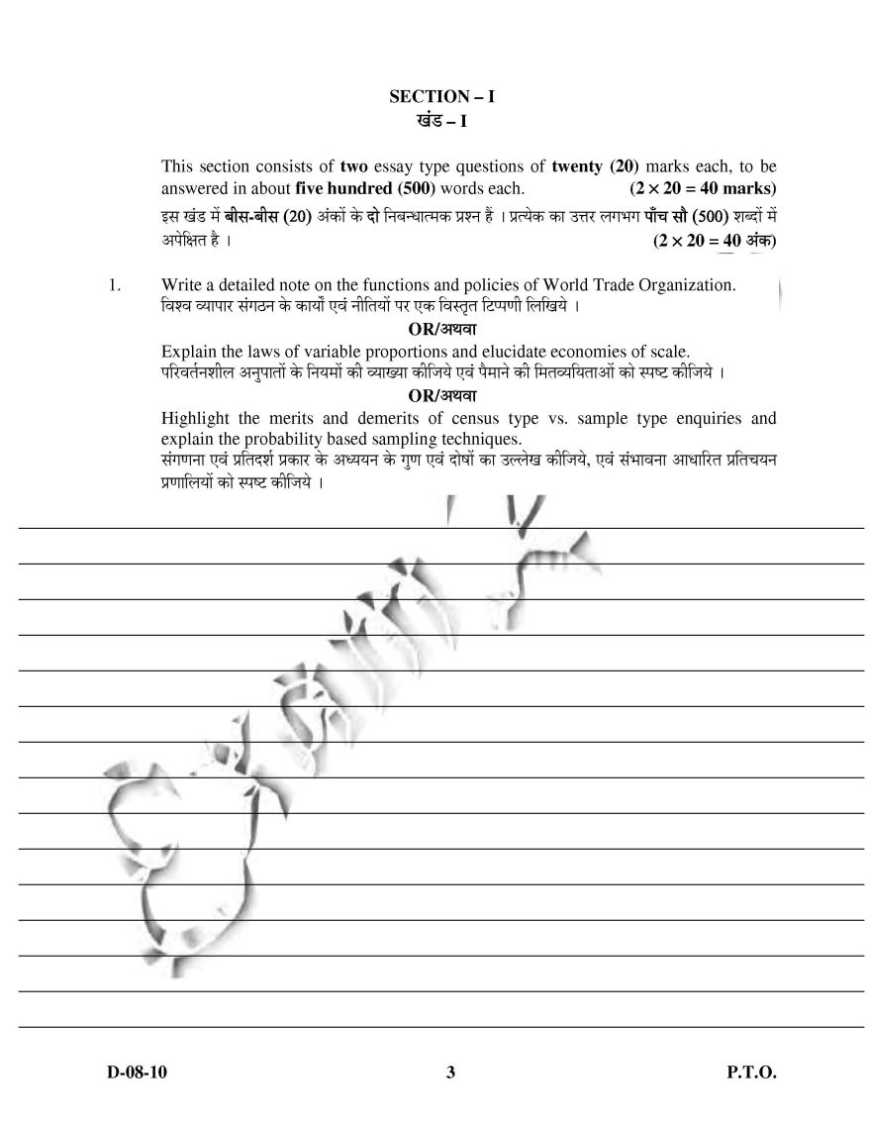 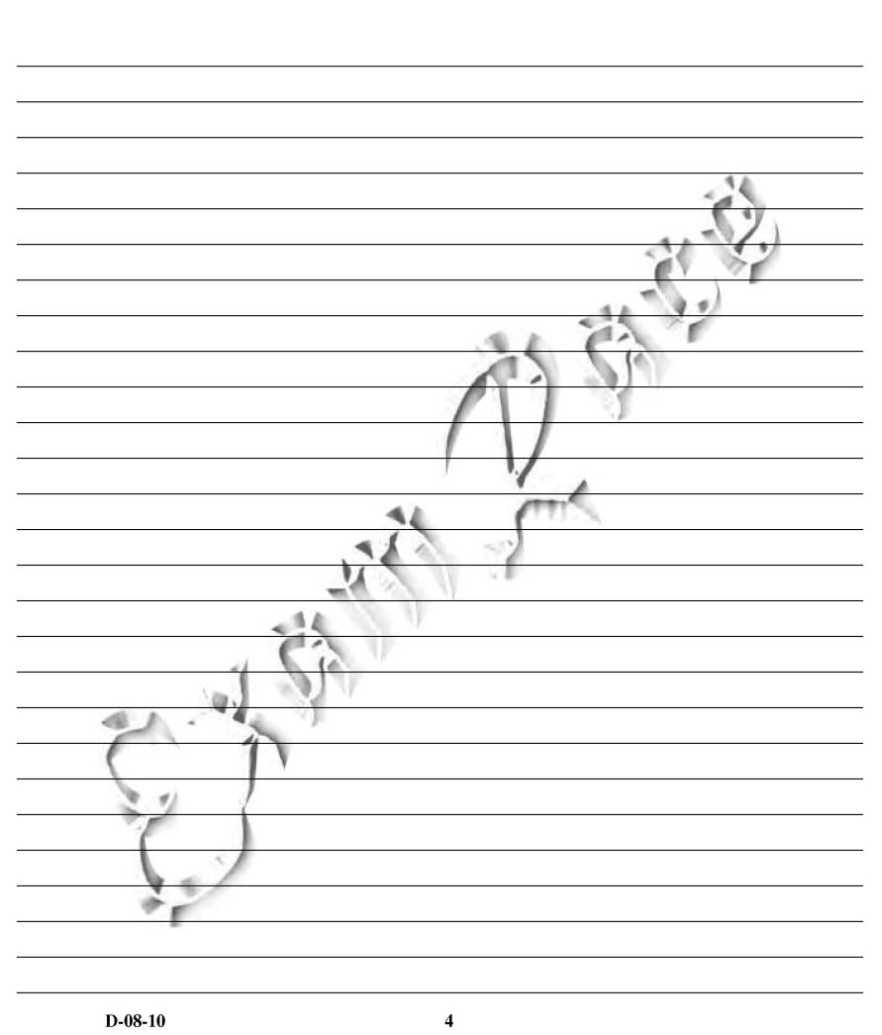 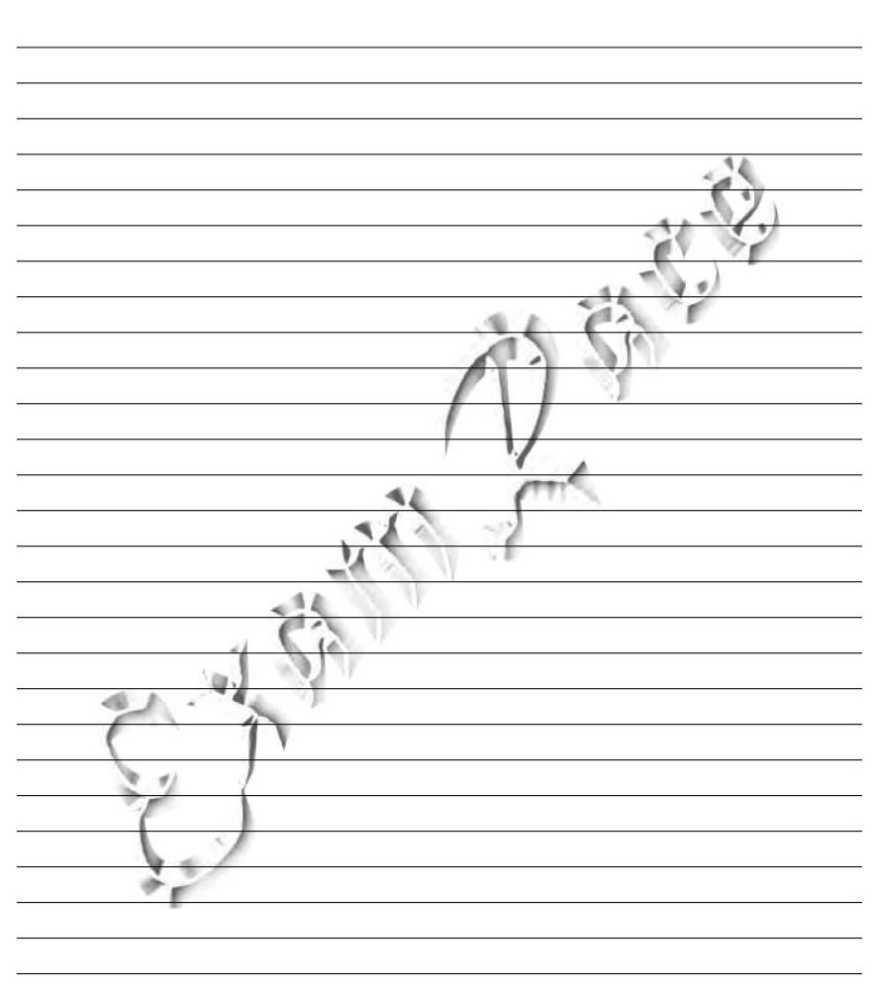 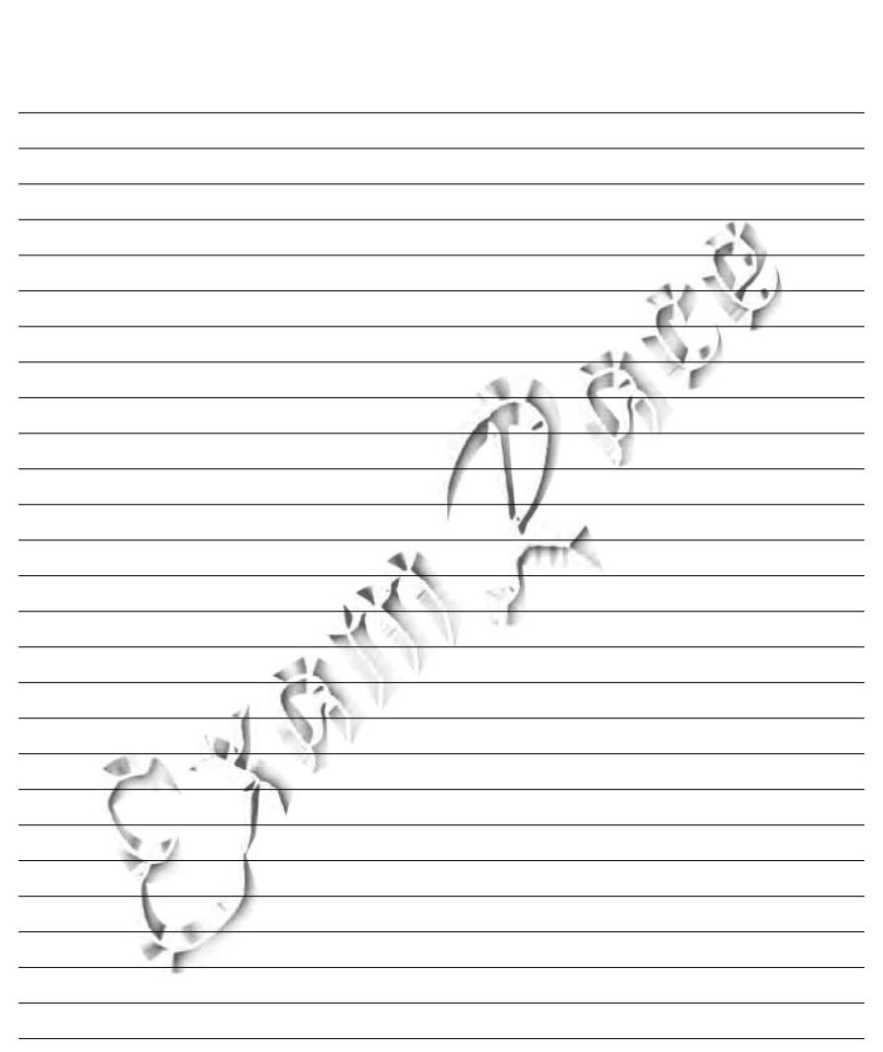 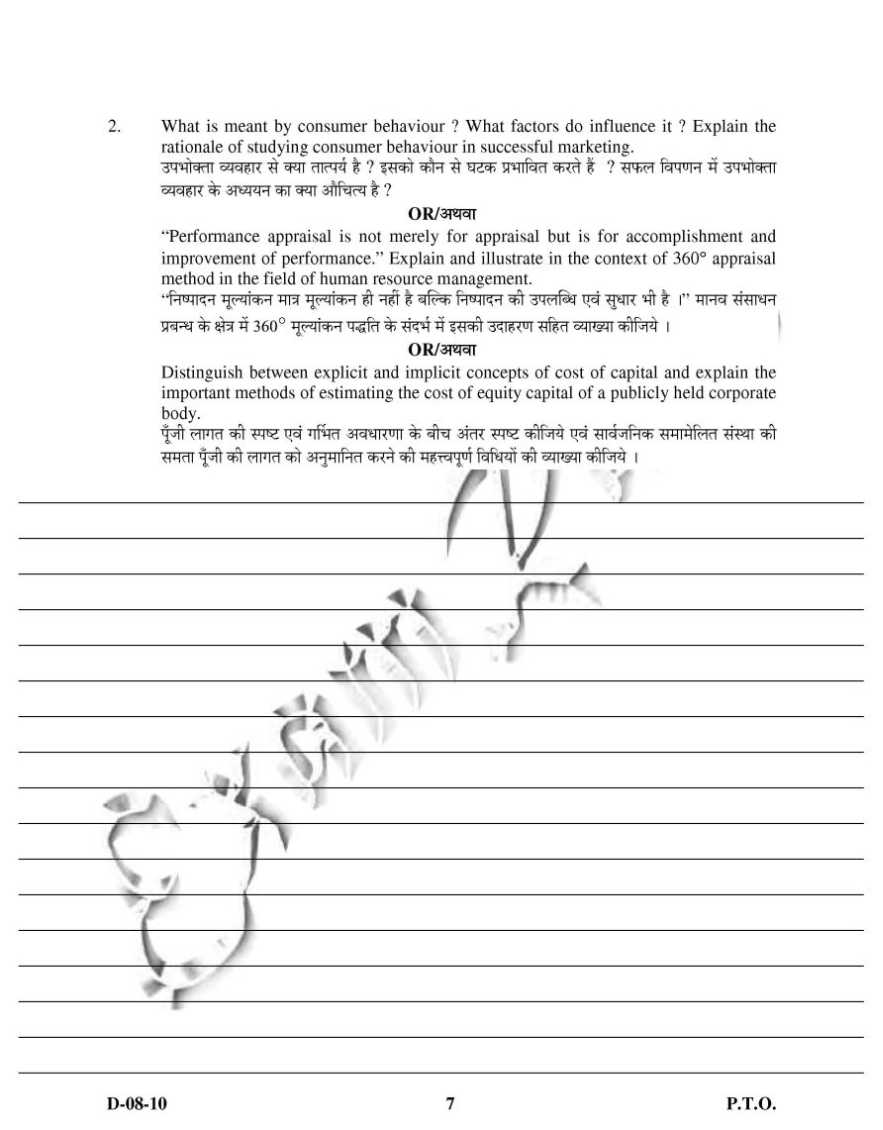
__________________ Answered By StudyChaCha Member |
 |
| |